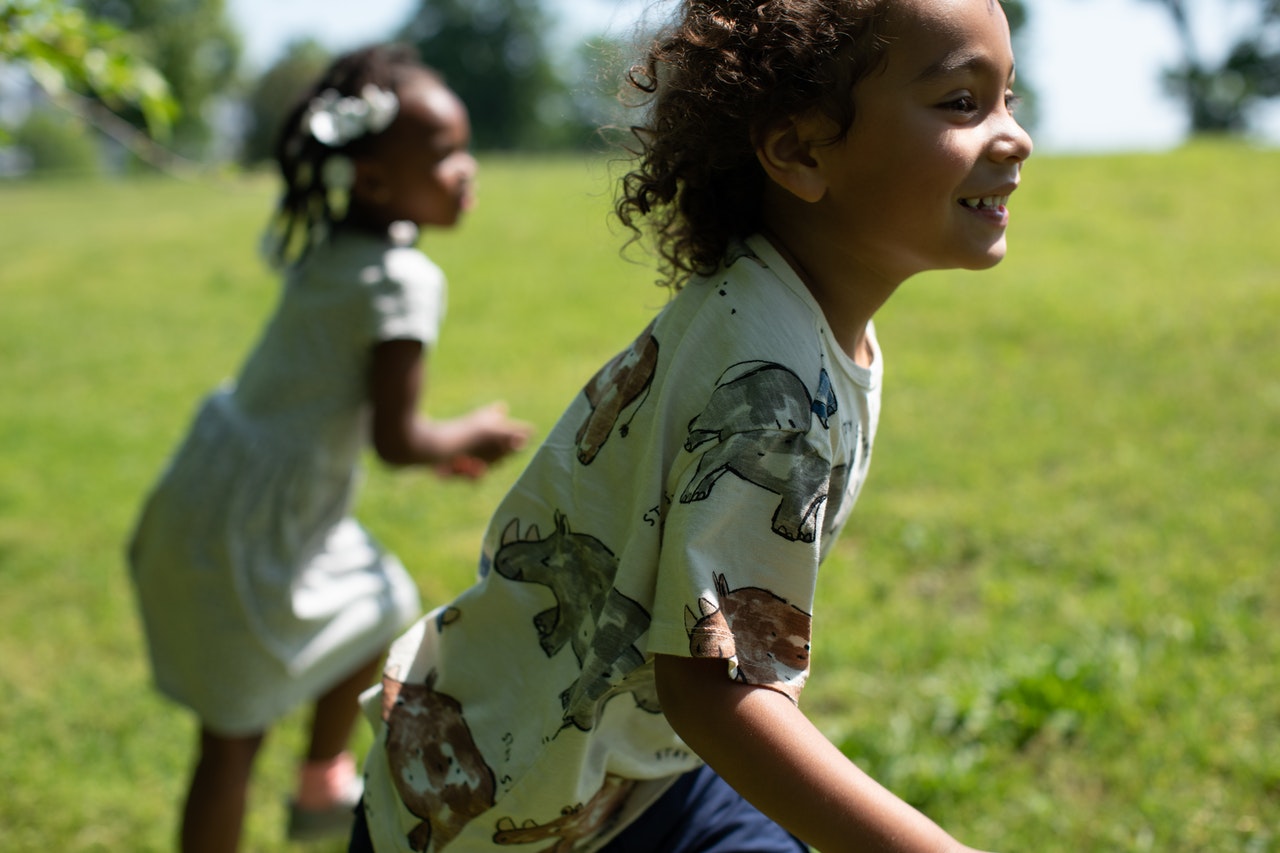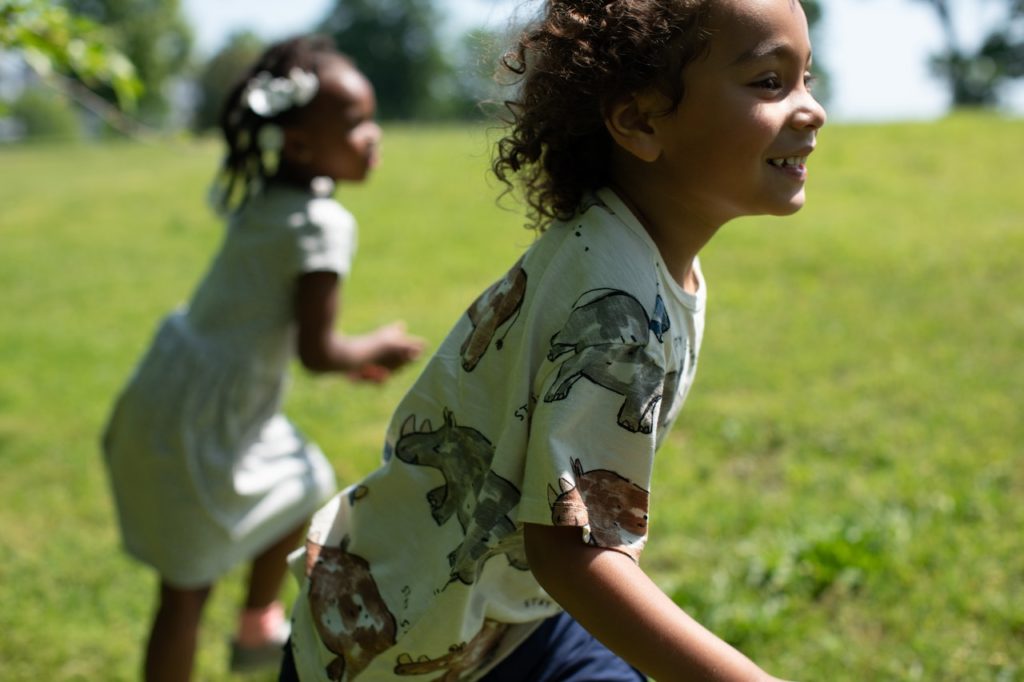Reggie’s favorite toy was Magna-tiles, and he would play with them almost every day. To everyone else, Reggie was just playing. But as an early childhood educator, I know that play is a powerful learning tool. What we call ‘student-initiated play’ gives students authority over their learning, the ability to be creative, and develop traits such as intrinsic motivation and curiosity. I used Reggie’s interest in those magnetic tiles to help him learn not only academic skills such as shapes, colors, and making letters, and high order thinking skills such as color mixing, architectural integrity, and spatial reasoning, but also to advance his social emotional learning. Reggie quickly became a confident designer, making large 3-D structures such as buildings and airplanes, but had a difficult time playing with other children. They wanted to join his play, but Reggie struggled to give up control and knocked down their creations. I coached Reggie through this, getting him to understand that although he had become the classroom Magna-tile expert, he needed to also let other children make decisions about the play. We came up with a list of strategies he could use to play together and get his ideas across that did not include breaking what others made. Through play, Reggie grew tremendously in his social and emotional skills.
When Reggie got to kindergarten, he was no longer allowed to play. Suddenly, he was expected to spend the majority of his day in one seat, completing worksheets. He began to act out and his kindergarten teacher came to me since I had developed a strong relationship with Reggie and his family. She told me he was struggling to get his work done and was constantly disrupting the other children’s learning. I told her about his love of the Magna-tiles and how I used them as a tool to help him learn and self-regulate.
Unfortunately, since Reggie was now in kindergarten, there was no time in the class schedule for play. His kindergarten teacher and I decided to create a “work for” system for Reggie where he could spend some time at the end of the day playing in my classroom. His kindergarten teacher noticed that while he worked harder to complete his work during the day, sitting for so long was still difficult for him. If play had been incorporated throughout the day in kindergarten classroom, Reggie would have been able to focus even better on his work and wouldn’t have had to come back to me. Instead, he could have stayed with his peers and continued to develop his academic, social, and emotional skills in his own classroom. This made me think – how many other children were missing out because there was no play in their kindergarten class?
Play-based instruction is important not just in prekindergarten, but in kindergarten as well.
Play-based instruction is important not just in prekindergarten, but in kindergarten as well. Just like preschoolers, five- and six-year-olds are still in the preoperational stage in their development. This means they still need to engage in play because they are still using symbols to represent words, images, and ideas and their ability for abstract concepts isn’t yet developed. Play is where they put all of their learning together in ways their brains can understand. In a recent policy brief that my colleagues and I in the Teach Plus Early Childhood Fellows authored, we spoke to kindergarten teachers throughout Illinois that implement play in their classrooms and found that play in kindergarten benefits children in many ways. To make play happen, we need to do the following:
Define play: First, Illinois needs to adopt a standardized definition of play to make it clear to all districts, administrators, and teachers as to what play should actually look like in kindergarten. Part of the definition needs to include time for teacher-led play during already existing academic blocks as well as a 60-minute student-initiated play block. When researching for the policy brief, we found that implementation of play can vary widely between districts, schools, and even classrooms within schools. Creating a standardized definition will create uniformity.
Provide materials for educators: Teachers need to be provided with supplies to use for both teacher-directed and student-initiated play. When play becomes a part of a schedule, teachers should be given the tools they need, similar to the way they get curriculum materials. District-based prekindergarten classrooms such as mine get budgets to purchase play materials. It should be the same for kindergarten.
Provide training for educators: Kindergarten teachers, as well as administrators who work in schools with kindergarten classrooms, need to be trained in developmentally appropriate practice (DAP). During conversations with teachers and administrators for the policy brief, we found that the amount of training varied greatly, leaving many teachers feeling unprepared to effectively use play-based learning in their classrooms. Kindergarten teachers are also concerned that play will be seen as break time for students and teachers if their administrator doesn’t understand play-based learning.
All stakeholders need to know exactly what the benefits of play are and how children use play to learn. During playtime, teachers are still working with children. I have been a prekindergarten teacher for over 10 years, and I still am learning new and engaging ways to incorporate learning standards during play. Just like Reggie, every child needs to have access to this powerful learning tool: play.
Photo by @childrennaturenetwork

